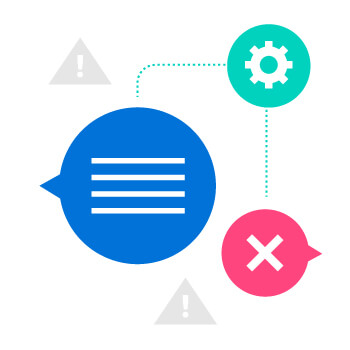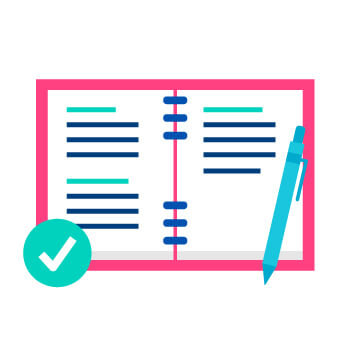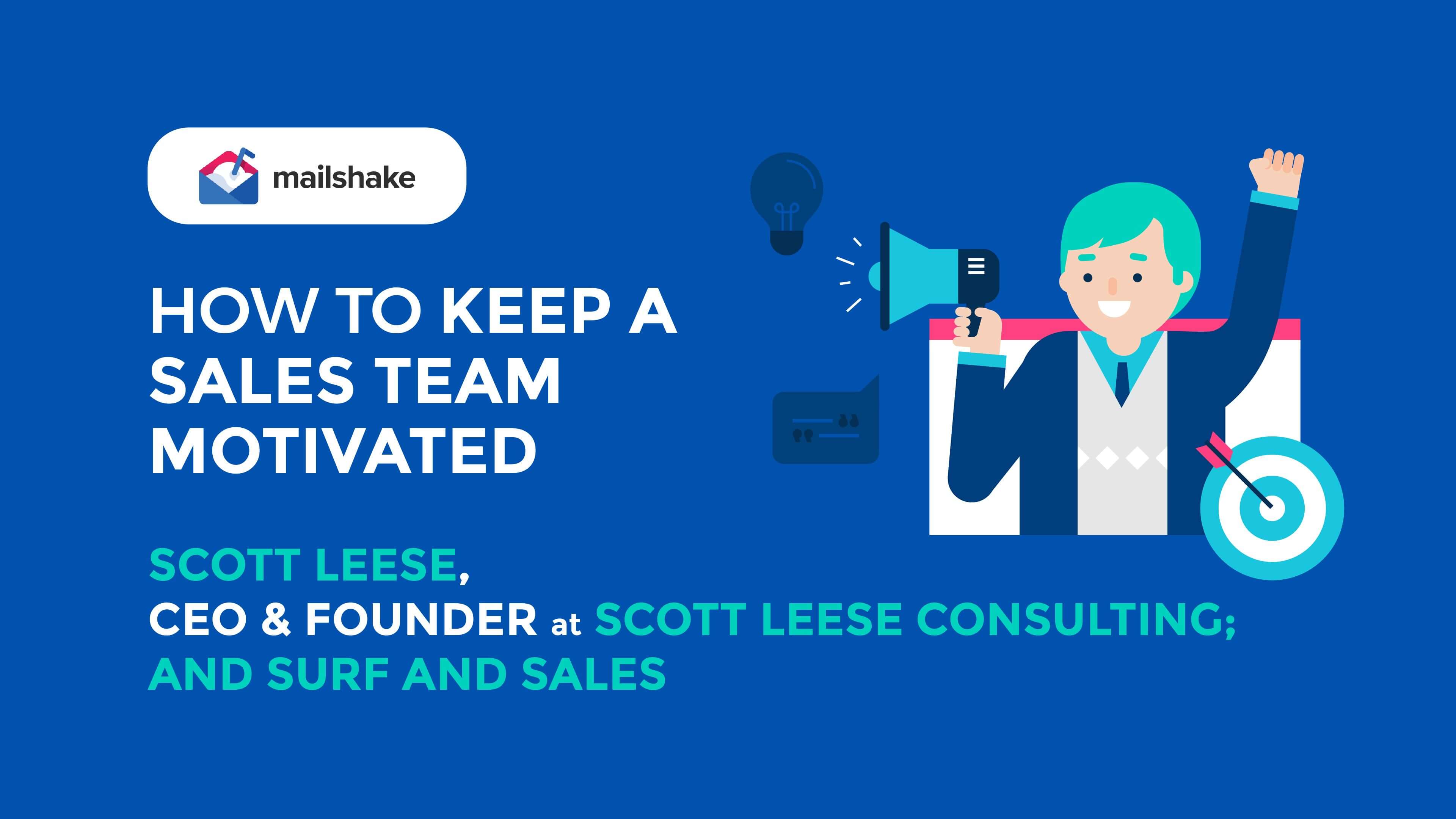How to Create An Ultra-Efficient (& Effective) Sales Discovery Call Process

Contents
A great discovery process does more than give you sales today. It continuously builds a strong pipeline that will hatch sales tomorrow.
A thorough discovery process can actually accelerate the sales process by making it less likely that you will encounter miscommunication, objections, and misjudgments down the road.
Here are some tips and strategies to find a fitting customer in the shortest amount of time possible.
Ask Yourself Some Qualifying Questions

In my previous article about how to execute a sales discovery call, I mainly talked about building rapport and aligning interests. These were obtained by asking the prospect questions on the call and navigating a conversation to make a sale.
The phone call is the foundation of a good discovery process — but the discovery process is much broader and requires you to ask yourself questions about your ideal customers. It’s not just about closing sales, it’s about making the process as easy and time-efficient as possible.
After all, you probably want to spend most of your time working with the customer, not selling them.
RELATED: The 10 Golden Rules of Effective Sales Prospecting
Great discovery is all about figuring out the pains and wants or your customers. Half the work should be done before the phone call. If you’re just starting out, then this may take a while to get right.
You can qualify/disqualify prospects with only a handful of questions. Do a bit of research and think about the long-term.
6 Questions to Ask Yourself Before the Call
Discovery is about figuring out whether a lead is a good fit for your product or service. But for that to happen, you need to know what your ideal customer looks like, in concrete terms.
Make sure, before you go after a certain archetype of prospect, you know the answers to these 6 questions:
- Who do I want to work with?
- How big is the market? Is it big enough?
- What is their job title(s)?
- Where can I find them online or offline?
- Will they have a budget to work with me?
- Can we be successful together? Win-win results?
You’re in the business of selling solutions. It’s okay to say to yourself, “I can’t help this person.” That strengthens your pipeline and will keep you focused on the leads you can help.
Write It Down
A discovery process is a list of action items required to qualify or disqualify the lead, plus the required software or tactic, and the wanted result.

Here’s a quick example of a discovery process via email — which should be done before picking up the phone.
1. Search online profiles for keywords. Always use “coach,” “speaker.” or another keyword that would be used by a person with a following and a track record in promoting themselves.
2. Use Upwork to curate an email list. Copy the team’s previous job posts (for example) to receive 50 contacts for $0.30 each. You should get 2–3 email lists at once (per month) to A/B test reply rates and conversions.
3. Create personal email outreach campaigns in Mailshake. Use the team’s previous campaigns for examples of high converting pitches, subject lines, and calls to action.
TIP: Always write emails as if you’re speaking to Seth Godin or a famous actor. If you get used to this tone, you’ll start working with higher level people. If you speak like the person is a nobody then you’ll start attracting nobodies.
RELATED: How to Craft the Perfect Outreach Email
This should be the beginning of your entire sales process. But it shouldn’t stop there.
Your sales process should itemize every step along the way and tell you how to close a prospect into a customer. But these first three steps should do two things:
- Get you enough phone calls to hone your understanding of who you target customer is
- Fill your pipeline with prospects who are ready to close now
This strategy requires curating lists and sending cold emails. But you can only pull high-quality email lists when you know what type of person would likely be a good customer, and which ones would say yes now.
It’s best to optimize your curation and research for those who will likely close within your predetermined sales cycle. Let’s say within the next 1–2 months. This is a “yes now.”
There is a certain type of person who likely will do this. They have certain indicators in their online profiles and pain points. It’s good to mention these directly in your cold emails and talk about them on the discovery call.
Pay Attention to Results
Your discovery process is crucial because it sets the pace for the rest of your sales process, determines rapport on phone calls, and greatly affects the results you get once you close them into a customer.
Symptoms of a weak discovery process include the customer backing out at the last minute asking you to clarify parts of the offer that should have been solidified weeks ago, or bad experience once you start working together.
Symptoms of a strong discovery process are of course results. Think about results from two perspectives:
- You meeting quota
- Success the customer achieves from working with you
But all sales reps are not created equal, and a strong discovery process is easily understood and implemented by an entire team to achieve even bigger results.
If your discovery process is effective, you’ll see multiple sales reps getting results from it. If your process is efficient, then you’ll see those results in less time.
You should be rigorously testing new strategies and channels to find great fits. Once you’re able to do that, your time spent on future prospects is automatically streamlined and shortened.
RELATED: How to Set Up a Winning Sales Cadence For Prospecting
In How to Be a Capitalist Without Any Capital, author Nathan Latka creates a pretty nice outline of his entire process in terms of inputs/outputs. This is the essence of good discovery.
Your goal is to figure out how to get one amazing high-quality customer (increase outputs) with as little time and work as possible (reduce inputs). And then repeat that 100x.
Inputs
- Prospects
- Emails
- Phone calls
- Support
- Me (Limit your “me” inputs to crank up your free time while still growing your output.)
Outputs
- Closed customers each month
- Earned revenue
- Bottoms up deals or up-sells
Stocks
- Commission (Shrink and grow based on how you dial up or down inputs and outputs.)
Feedback Loop Opportunities
- A prospect (input) starts an account, which I can up-sell (output), which increases revenue (output) as well as my commission (stock), and enables me to write a case study to obtain additional high-quality prospects (input) with less time in emails, calls, and support (inputs).
Get to “Yes Now”

Being in sales requires savvy. It takes awareness to know when there is no sale and it’s time to stop chasing a prospect. But it also takes awareness to know when a prospect is making excuses to themselves and how to turn a No, no, no into a Yes, yes, yes.
For instance, some prospects love to engage but will tell me they are not a fit via email before we even get on the phone.
I tend to agree with them. If a prospect wants to close an opportunity before a discovery call, then they are likely not someone I want to work with. This happens sometimes with referrals.
On the flip side, if I reach out to someone personally because I would like to work with them and know they are my target customer, then I’m going to try every trick I know to overcome their objections and get that phone call.
You need to make judgment calls all the time.
Add-in the fact that it takes skills for persuasion once you do land the first phone call, and this whole thing can start to get complex.
That’s why having a clear discovery process is super important. It’s not about landing a big customer every time. It’s about consistency, and incrementally increasing the number of “yes nows” you receive.
If you receive a “yes, but later” then add them to your pipeline and follow up at a later time. Those will build and build until you can use your pipeline to close customers whenever you like.
One last thing: It’s always good to learn and read books.
The biggest leaps in results have come from making small tweaks over time because of a new concept I learned in a book.
And bottom line, a great discovery process will get you sales but your skills are what will massively grow those sales.





